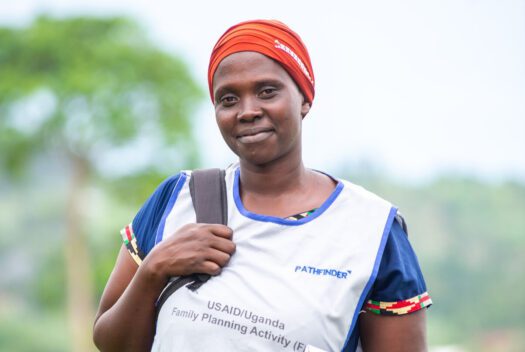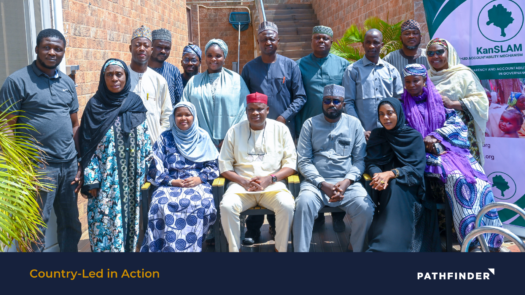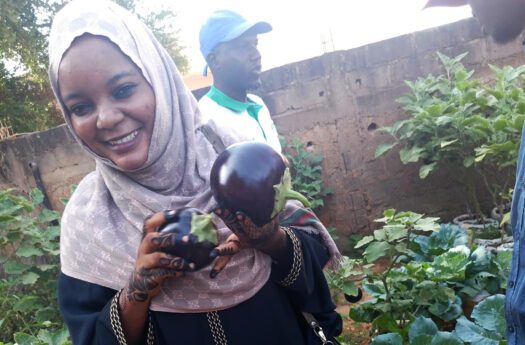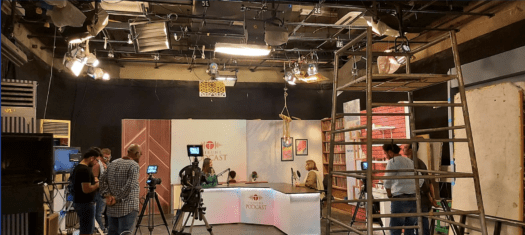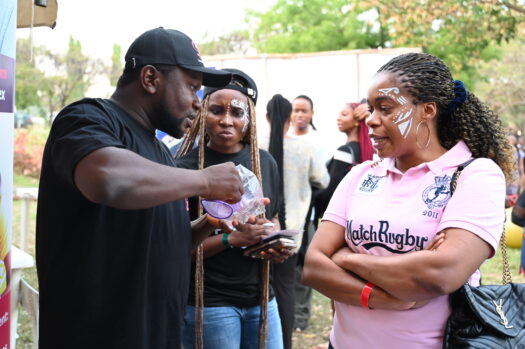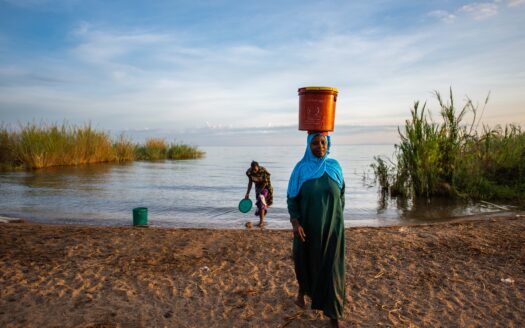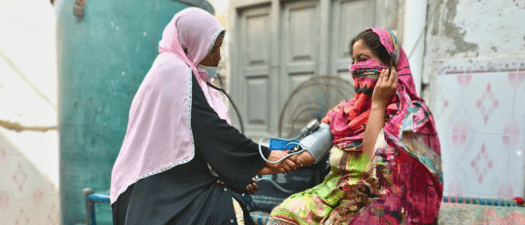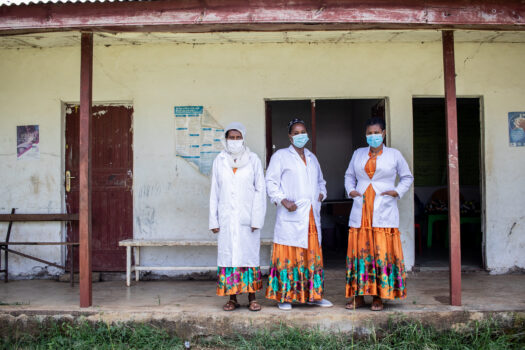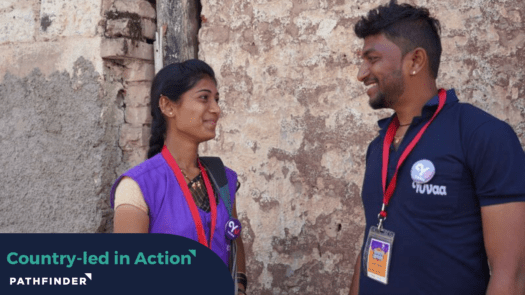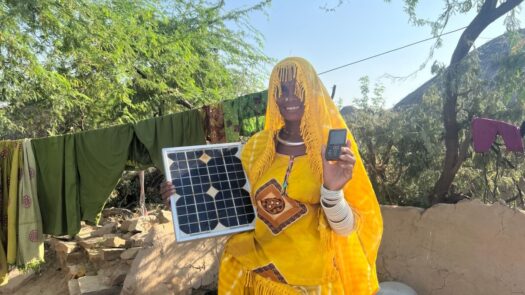A delegation of five senior Chinese government officials arrived in San Francisco, California on January 22, 2015 for a five-day visit, part of the Pathfinder Changzhou Migrant Workers’ Health and Wellness Project.
The delegation was made up of the Vice Administrator of Changzhou Health and Family Planning Commission, the Changzhou Health and Family Planning Commission’s Migrant Management Division Chief, Health and Family Planning Bureau Directors from two districts, and the Changzhou Family Planning Association’s Secretary General.
Their visit to the United States marks the end of Pathfinder’s involvement in the Wellness Project, after nearly four years of valuable technical assistance and improved health of migrant workers in the city of Changzhou and Jiangsu Province.
“We are so honored to have these representatives here in the United States this week,” said Eve Lee, Pathfinder’s Senior Advisor for China. “To us, this shows how committed China is to making the Wellness Project—and its participatory approach—live on in China.”
WELLNESS FOR MIGRANT POPULATION
Pathfinder’s Wellness Project began in 2011 with the hope of improving the health, wellbeing, and rights of Chinese migrant workers.
China faces an increasing number of migrant workers: by the end of 2009, there were 229.8 million rural migrant workers according to the ILO. The number reached 260 million in 2012.
Especially vulnerable are the female migrant workers. More than 60 percent are female, most of them unmarried, between 18-30 years old with limited education and access to health and social services.
Together with the Levi Strauss Foundation and local partners The Asia Foundation and University of California at Berkeley’s School of Public Health, Pathfinder offered technical assistance in the development of a Wellness Guide—with the local Changzhou team leading the way.
That local team was made up of government officials, service providers, factory staff, and the Nanjing city research team.
The Guide highlights issues affecting migrant factory workers’ wellbeing in and outside the workplace. It provides basic health information with an emphasis on sexual and reproductive health—identified by the workers as a priority.
Once developed, the Wellness Guide was tested in three pilot factories. Factory staff were trained on how to disseminate it to their workers and monitor and document the pilot program.
Pathfinder also worked with local partners to set up Wellness Houses where workers can receive health and life skills information, and counseling for referrals to other necessary health services.
LESSONS FROM THE US
The delegation’s visit to the United States offered an opportunity to share experiences and compare ways of doing things first-hand.
“It’s always helpful to have our global and local partners see how we operate here,” says Lee. “It was a great experience for our delegates, and a chance for them to learn.”
Several representatives from local agencies came to address the delegation, discussing challenges they identified here in the United States and how they came to solve those problems.
UC Berkeley researcher Dr. Charlotte Chang talked about addressing occupational health in San Francisco Chinatown’s Chinese restaurants. The restaurants had used a participatory approach to improve safety for their workers—using mapping with local non-governmental organizations to change the California state policy on worker wages and safety precautions.
“The bottom-up and participatory approach to involve the people we serve is very different from the top-down approach that we are used to,” said Yun Hong, the Changzhou Family Planning Association’s Secretary General. “It’s a new way of social management, and we are getting there.”
CHINA TAKES THE REIGNS
Since 2011, ten Wellness Houses have been established—eight in factories, and two in nearby communities. The two models will continue to be tested to determine which is most effective.
Seven thousand free copies of the Wellness Guide have been distributed to factory workers across Changzhou City and other part of China. There are plans to print and distribute 5,000 more.
The project’s success can be attributed to its truly participatory nature.
“We designed this project to always keep the ownership in the hands of the Chinese,” explains Lee. “It was never Pathfinder’s project. We are only here as a guide, as technical assistance when it’s asked for.”
And when money was needed to move the project to its next phase, the Changzhou City government stepped in, contributing funds to set up each of the Wellness Houses, with the factory matching their donation to cover operating costs.
“It’s amazing to see the government stepping up in support of this,” explains Lee. “They truly own this—the process, the Guide, and now these Wellness Houses—and they’re embracing it 100 percent.”
Even if the project is concentrated in one area of a large country—China has a population of more than 1.3 billion—Lee is hardly discouraged.
“Even if this project sounds small, the impact is huge,” she says.
The partnerships developed with the China Family Planning Association, the Changzhou City government, and the Changzhou City Xinbei economic development zone’s pilot factories will continue. And the technical assistance provided will yield benefits for years to come.
As Pathfinder steps away, the government will continue its efforts, taking the participatory model and the Wellness Guide to other economic zones in China in hopes of improving conditions for migrant workers.
In the words of the Changzhou Health and Family Planning Commission’s Vice Administrator Dr. Feng Ziqiu, “The Wellness Project is like a train in motion. It cannot stop. You need to keep adding coals to keep it moving.”

